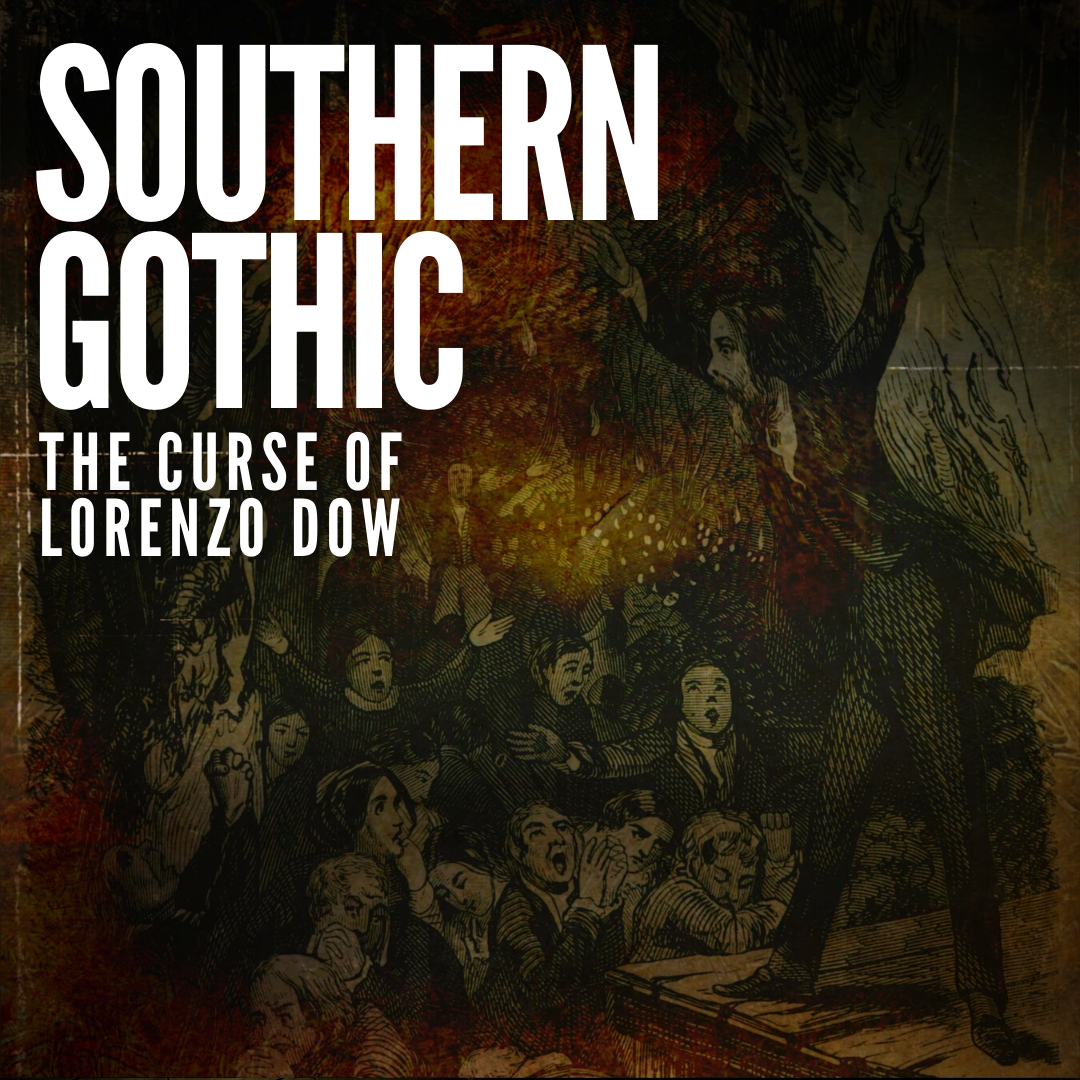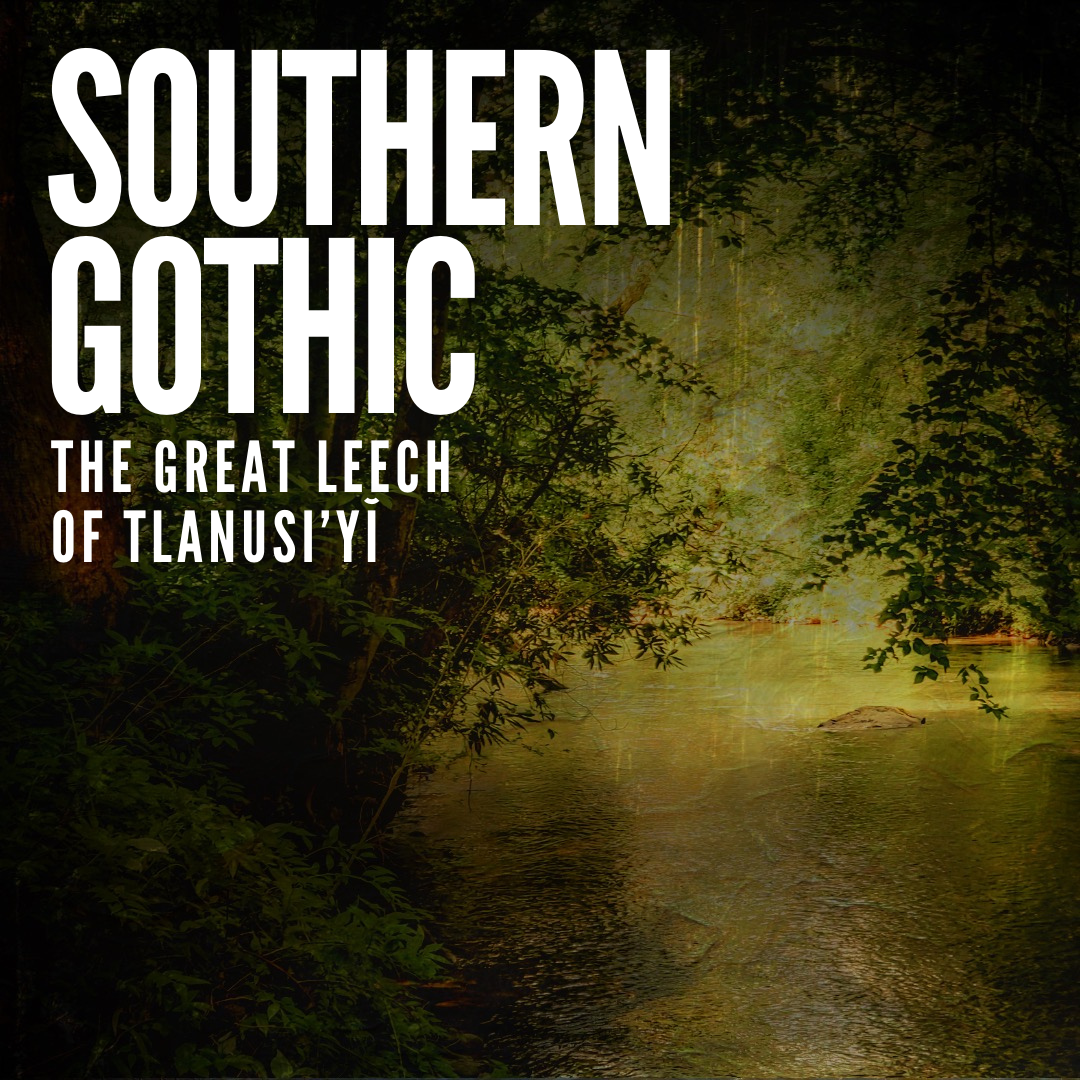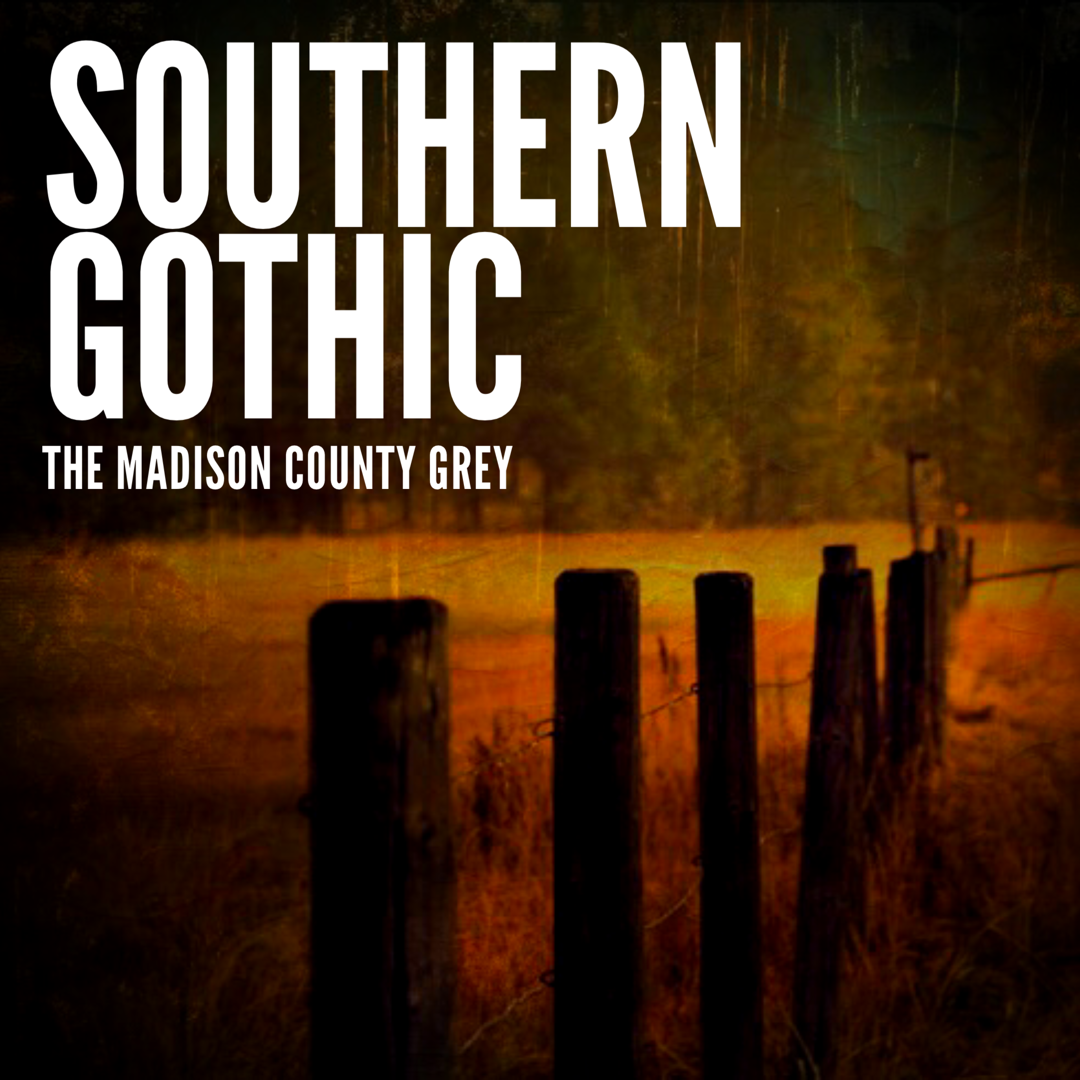“ [Today] there are almost no traces of the once-growing populace [...]. Yet some say that on starlit, moon-filled nights you can hear the sounds of the once-raucous residents partying into the early morning hours, shooting off their guns, and yelling at the top of their lungs.””

A Preacher’s Curse…A Ghost Town
In 1952 the Georgia Historical Commission erected a marker to commemorate the ghost town of Jacksonboro, Georgia, that many believe met its fate as the result of a preacher’s curse.
Established at the seat for Screven County in 1797, it would be gone within fifty years. Known as a rowdy, lawless pioneer town the Jacksonboro, Georgia met its match in Lorenzo Dow, one of the country’s first ‘celebrity’ evangelists.
It was a community that bawked at the thought they needed spiritual saving and refused to let Dow preach in town. In response to their evil ways, Dow layed a curse on the town…Jacksonboro would wither and die from its wickedness. He was right.
Additional Links From This Episode:
Sources:
Brown, Alan. Haunted Georgia: Ghosts and Strange Phenomena of the Peach State. Mechanicsburg, PA: Stackpole Books, 2008.
Dominey, Craig. “Lorenzo Dow’s Georgia Curse.” The Moonlit Road (blog.) Accessed November 22, 2022. https://www.themoonlitroad.com/lorenzo-dows-georgia-curse/.
Federal Writers Project. The WPA Guide to Georgia: The Peach State. San Antonio, TX: Trinity University Press, 2013.
Fitzhugh, Pat. Ghostly Cries from Dixie. Ashland City, TN: Armand Press, 2009.
Hollingsworth, C.D., Sr. “The Seaborn Goodall Home.” Briar Creek Chapter, NSDAR. Accessed November 22, 2022. Daughters of the American Revolution. http://briercreek.georgiastatedar.org/theseaborngoodallhome.php.
Malone, Tom. Essentials of Evangelism. Greenville, SC: Sword of the Lord Publishers, 1958.
Rhodes, Don. Georgia Myths and Legends: The True Stories Behind History’s Mysteries. Guildford, CT: Globe Pequot, 2015.
Stuart, Bill. “Jacksonboro GA - A Cursed Town???” William L. Stuart (blog.) October 20, 2020. https://www.williamlstuart.com/jacksonboro-ga-a-cursed-town/.
Wells, Jeffrey. “The Jacksonborough Curse.” Georgia Mysteries (blog.) April 27, 2008. http://georgiamysteries.blogspot.com/2008/04/jacksonborough-curse.html.
White, George. Statistics of the State of Georgia. Savannah, GA: W. Thorne Williams, 1849. GoogleBooks.























































